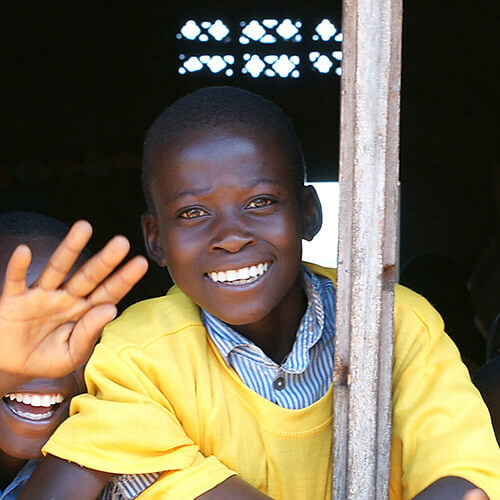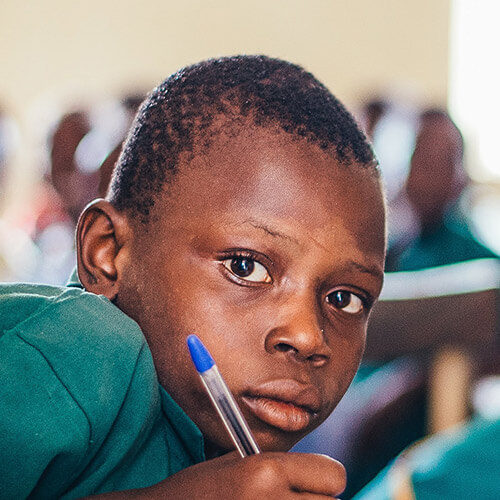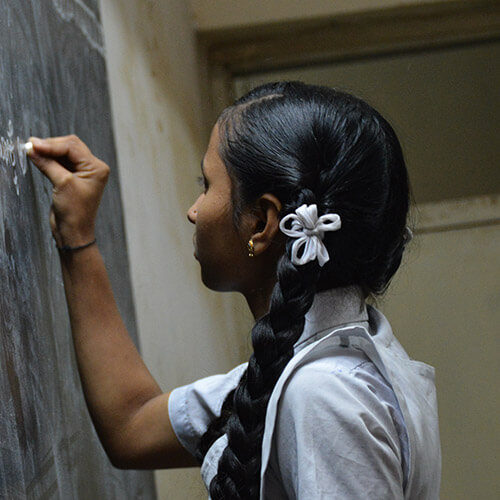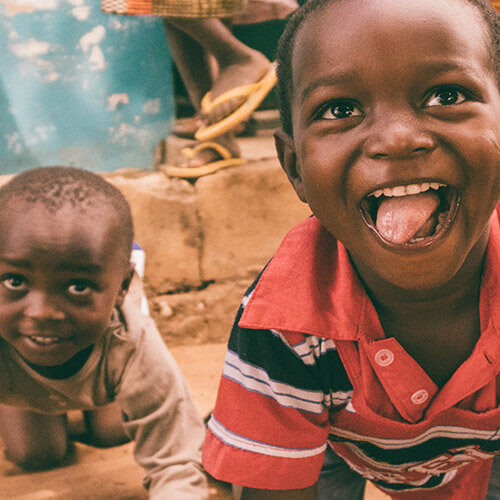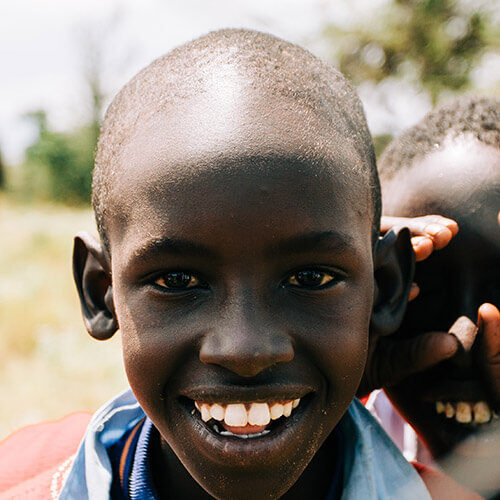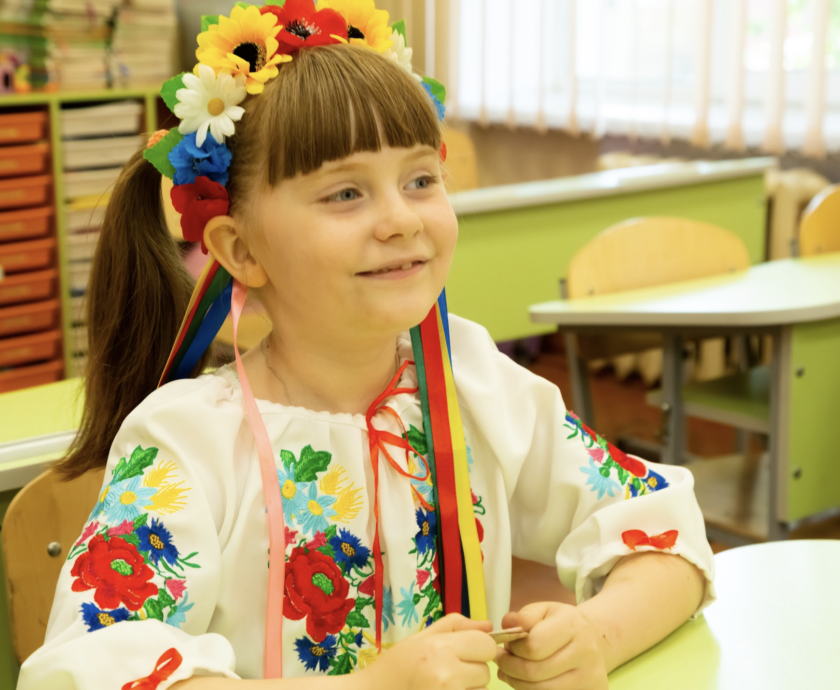Amid the landscape of war-torn Ukraine, the rising sun paints a portrait of resilience and unyielding spirit. From the rubble of shattered infrastructure, a tale of rebirth unfurls. At the heart of this narrative is Ukraine’s education system. Emerging from the aftermath of a ruthless invasion, it’s a story of relentless progress and unbowed determination, a testament to the nation’s refusal to let its future generations bear the brunt of a conflict not of their making.
War’s wreckage has been felt deeply across the nation, with educational institutions witnessing unimaginable destruction. To gauge the scale of devastation, the Ministry for Communities and Territories Development issued an order on June 24, 2022, calling for the creation of a system to assess the damage. Despite the glaring need, this critical tool remained elusive, buried in bureaucratic uncertainties.
The proposed system aimed to offer quantifiable data on damaged residential and public buildings, including schools. The extent of destruction was to be segmented into categories – less than 20%, 20-40%, and more than 40%. However, a thick veil of ambiguity surrounds the existence of such a system and the status of data collection on affected schools.
In the Chernihiv oblast, a region that bore the brunt of the conflict, the educational sector’s losses were projected to exceed an astronomical 14 billion UAH (approximately 500 million USD). This staggering figure only scratches the surface as it accounts for just the structural damage, sidestepping the substantial cost of lost educational materials like furniture, equipment, and teaching supplies.
Amid these daunting challenges, Ukrainians rose to the occasion, their resolve unwavering. With the future of their children at stake, they embarked on an arduous journey of reconstruction. The initial phase centered on repairing slightly damaged schools and salvaging the more severely affected ones. In Chernihiv oblast, the fruits of this labor were evident with 59% of damaged schools, a total of 41 institutions, restored.
Similarly, in the Kyiv oblast, restoration efforts bore significant results. A remarkable 71% of damaged schools, totaling 87 institutions, sprung back to life, reclaiming their place in the nation’s educational landscape. Ten hromadas even reported complete restoration of all their affected schools.
In contrast, the Kharkiv oblast’s recovery narrative was marred with setbacks, slowed by the region’s later de-occupation, persisting hostilities, and a more substantial scale of destruction. Out of 296 schools affected, only 13 could muster repairs.
Despite these odds, the spirit of Ukraine remained indefatigable. The objective, as school repairs gained momentum in Chernihiv and Kyiv, was unambiguous: the swift return to conventional classroom education.
The numbers, while stark, tell a story that transcends the narrative of destruction. They chronicle the undying resolve of Ukrainians who, against a backdrop of loss tallying in billions, repaired hundreds of schools. The repair of 18 out of 27 affected schools in the Chernihiv hromada, and the full restoration of schools in Borodianka and Bucha hromadas are testimony to this relentless quest for normalcy.
These numbers don’t just document destruction and restoration; they are emblematic of Ukraine’s indomitable spirit. As Ukrainians salvage and rebuild their education system, they are crafting a testament of faith in the power of education and the resilience of the human spirit. Amid the ruins of a cruel past, Ukraine is conjuring a story of hope and promise, one brick, one school, one number at a time.
For example, in Ivanivka, there was a school for 40 students. They really didn’t want to close it, because parents didn’t want to take a small child far away, even by bus if there was one… They still didn’t want to. And when it is completely destroyed, to the ground, no one will actually repair it. Unfortunately, this is true. So the issue of optimising the network will be resolved so that these children can go to school, well… let’s say, guaranteeing some kind of bus so that they can go to school without any problems. And there they will go to schools in the territorial centre. Representative of the regional education department, Kharkiv oblast


